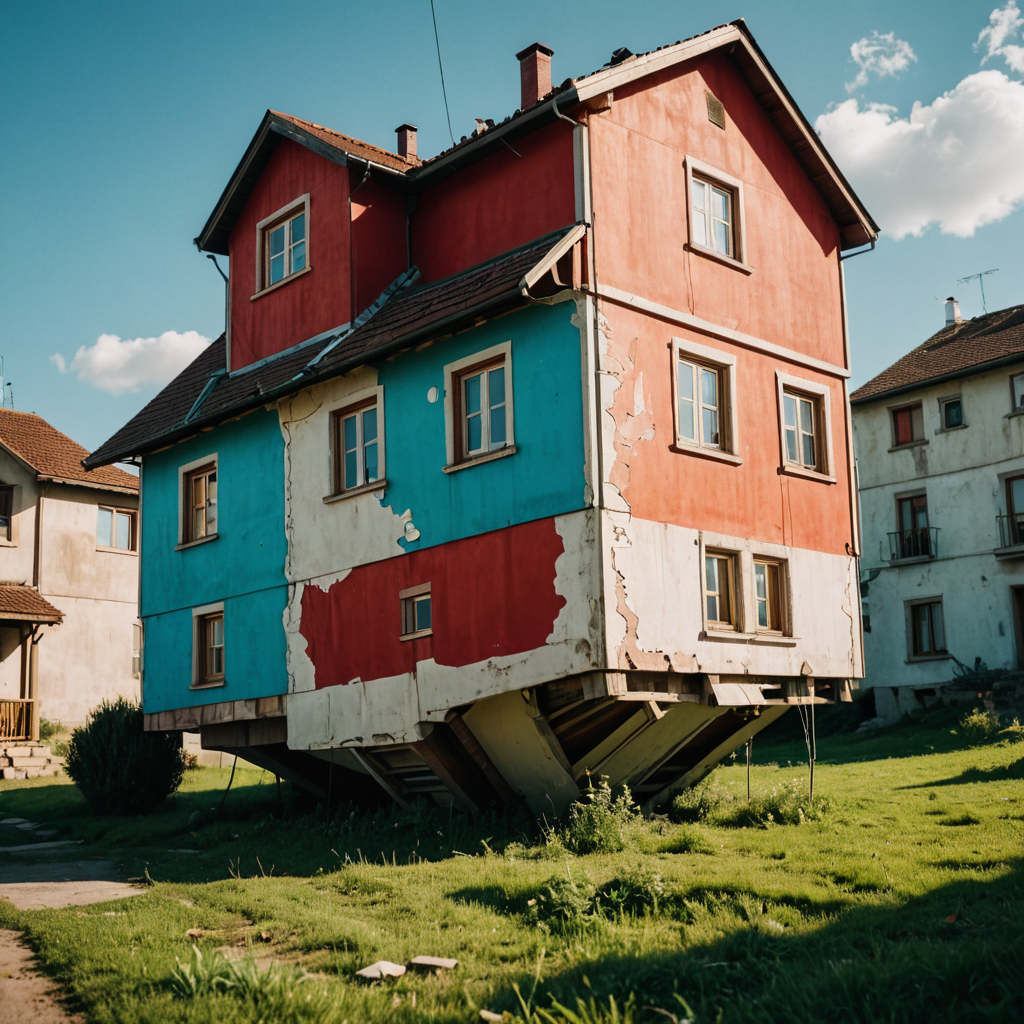
Quick build homes, also known as prefabricated or modular homes, have gained popularity in the housing market for their efficiency, cost-effectiveness, and sustainability. While these innovative housing solutions offer a faster and more streamlined construction process compared to traditional homes, they are not without their challenges. From design flaws to construction issues, quick build homes can encounter various problems that may impact their quality, durability, and overall performance. In this article, we will delve into the common problems associated with quick build homes and explore strategies to address and mitigate these challenges for homeowners and builders alike.
- Design and Customization Limitations:
- One of the primary challenges of quick build homes is the limited design options and customization features available to homeowners.
- Prefabricated homes often come in standard layouts and configurations, which may not fully meet the unique preferences, needs, and aesthetic requirements of individual homeowners.
- To address this issue, homeowners can work closely with modular home manufacturers or builders to explore customization options, such as floor plan modifications, finishes, and upgrades, to personalize their quick build home and enhance its functionality and appeal.
2. Transportation and Installation Issues:
- The transportation and installation of prefabricated modules to the construction site can pose logistical challenges, especially in remote or hard-to-access locations.
- Delays, damage, or errors during the shipping and assembly process can impact the structural integrity, quality, and overall performance of the quick build home.
- To mitigate transportation and installation issues, builders should carefully plan and coordinate the delivery and setup of prefabricated modules, ensure proper handling and installation procedures, and conduct thorough inspections to verify the integrity and alignment of the components.
3. Quality Control and Workmanship:
- Maintaining consistent quality control and workmanship standards across multiple prefabricated modules can be a challenge in quick build home construction.
- Variations in material quality, construction techniques, and assembly processes can lead to defects, inconsistencies, and structural weaknesses in the finished home.
- To address quality control and workmanship issues, builders should implement rigorous inspection protocols, adhere to industry standards and regulations, and engage experienced and skilled labor to ensure the integrity and durability of the quick build home.
4. Moisture and Insulation Concerns:
- Quick build homes may be susceptible to moisture infiltration, condensation, and insulation deficiencies due to the assembly of prefabricated components in a factory-controlled environment.
- Improper sealing, ventilation, and insulation practices can result in mold growth, energy inefficiency, and indoor air quality issues in prefabricated homes.
- To combat moisture and insulation concerns, builders should employ moisture-resistant materials, proper ventilation systems, and high-quality insulation products to create a healthy, energy-efficient, and comfortable living environment in quick build homes.
5. Long-Term Durability and Maintenance:
- Ensuring the long-term durability and maintenance of quick build homes can be a challenge, as the quality of construction, materials, and components may vary among manufacturers and builders.
- Proper maintenance, repairs, and upgrades are essential to preserve the structural integrity, functionality, and aesthetic appeal of prefabricated homes over time.
- Homeowners should follow manufacturer guidelines, conduct regular inspections, and address any maintenance issues promptly to extend the lifespan and value of their quick build home.
While quick build homes offer numerous benefits and advantages in terms of speed, affordability, and sustainability, they are not immune to challenges and potential problems that may arise during construction, transportation, installation, and occupancy. By understanding the common issues associated with quick build homes and implementing proactive measures to address and mitigate these challenges, homeowners and builders can enhance the quality, performance, and longevity of prefabricated homes and ensure a positive and rewarding housing experience for all parties involved. Through collaboration, communication, and attention to detail, the industry can overcome the obstacles of quick build homes and continue to innovate and improve the construction of efficient, durable, and sustainable housing solutions for the future.
Cedar Hill St. Louis Jefferson County Olivette Kirkwood Ballwin Arnold Franklin County St Charles County Fenton High Ridge Dittmer Creve Coeur
